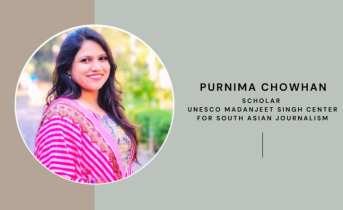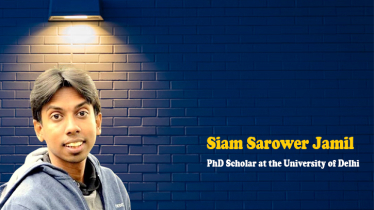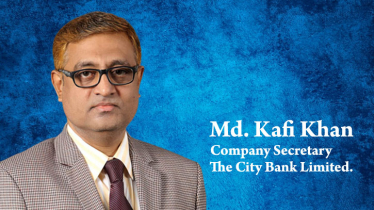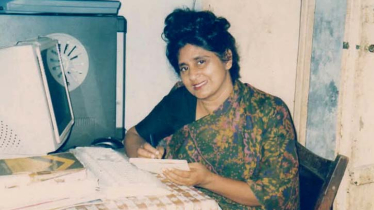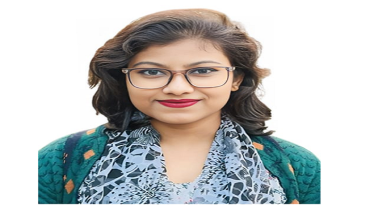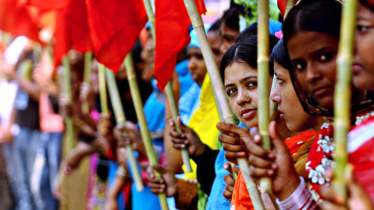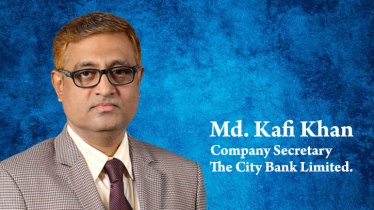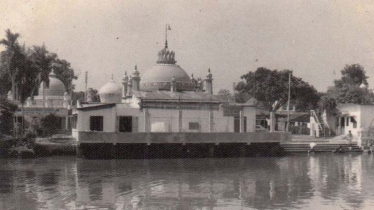
Photo: Messenger
Art is an integral part of a country's cultural development. It not only reflects creativity but also represents the psychological state and traditions of a society. However, when art is used as a tool for political propaganda, it leads to a disaster for the nation. In the context of Bangladesh, this trend poses a threat to both the cultural and political stability of the nation.
Art and Politics in Bangladesh: A Historical Review
In the political history of Bangladesh, art and culture have always played a crucial role. From the Language Movement to the Liberation War, artists have played a significant role in motivating the masses and creating social awareness. The tradition of awakening society through art is a key part of Bangladesh’s culture. However, since independence, there has been a growing tendency to use artists for political purposes, which has undermined the country's cultural progress.
Political Influence and the Misuse of Art
Bangladeshi politics has always been marked by intense rivalry and partisan divisions. In such an environment, political parties often use artists as tools for their campaigns and to extend their influence. For example, in various election campaigns, singers, actors, and other celebrities are brought into political rallies, which are unrelated to their creative work. When this kind of involvement becomes mandatory for artists, their freedom of expression is severely limited.
The Negative Impact of Political Pressure on Art
Political pressure often causes artists to lose their natural creativity. When their work becomes a tool for fulfilling political objectives, they can no longer address the true needs and culture of society. As a result, the quality of art declines. In Bangladesh, political influence has been observed in theatre, music, and films, which have hampered the freedom of creativity.
Social division and cultural fragmentation
One of the major drawbacks of using art for political purposes is that it creates division in society. When an artist becomes a spokesperson for a political party, their work becomes confined to a particular group's support. This limits the accessibility of their creative work to all segments of society. In Bangladesh, the division of artists along political lines and the use of cultural organisations as political tools have increased division rather than national unity.
Losing the True Purpose of Art
The primary purpose of art is to reflect society and express human emotions, culture, and thoughts. However, when art is used solely for political propaganda, it loses its true purpose. In the case of Bangladesh, where art has a glorious history, political influence has often obstructed the true expression of art and the freedom of thought.
Pressure and security threats to artists
In Bangladesh, artists are sometimes subjected to security threats due to their political affiliations or opposition. Those who criticise the government or present opposing political views often face pressure or censorship. For example, some playwrights, writers, filmmakers, and musicians who have criticised the government have had their works restricted, and legal actions have been taken against them. This creates pressure on the freedom and creativity of artists and influences their work.
The Way Forward: Protecting Artistic Freedom
To prevent the use of art as a political tool in Bangladesh, several important steps can be taken:
Protecting Artistic Freedom: Reduce political pressure on artists and give them the opportunity to work independently.
Decentralising Cultural Organisations: Establish cultural institutions that are free from political influence, which will work to protect the rights of artists.
Public Support: Raise awareness among the general public about the true purpose of art and the need to free it from political influence.
Legal Protection: Create a strong legal framework to protect artists' freedom of expression and ensure their work is free from political interference.
Lessons from Other Countries: A Roadmap for Bangladesh
There are several successful examples from other countries where the misuse of art for political purposes has been prevented, providing a roadmap for Bangladesh:
France: Decentralisation of Cultural Organisations
In France, the government believes in the decentralisation of cultural institutions, allowing artists to work independently. The country has established a strong legal framework to keep art free from political influence. The "Ministry of Culture" in France protects artists and their work, ensuring they can create without political pressure.
Proposal for Bangladesh: In Bangladesh, cultural institutions working with art and culture should be decentralised, allowing them to operate independently and free from political influence. The government should form an independent cultural organisation that will protect the creative work of artists and provide them with the opportunity to express their views freely.
Germany: Providing Legal Protection
Germany has created a strong legal framework to protect the freedom of artists. The country's constitution guarantees the protection of art and freedom of expression. As a result, political parties cannot interfere with the work of artists. The "Federal Commissioner for Culture and Media" in Germany ensures legal protection for artists.
Proposal for Bangladesh: Bangladesh’s constitutional framework should include clearer guidelines on the freedom of art. A strong legal framework is necessary to ensure that artists are protected from political pressure or influence. A "Commission for the Protection of Artists" could be established to safeguard the rights of artists and protect their work.
Norway: Government Funding and Independence
In Norway, the government provides financial support for art, but it does not interfere with the creativity or expression of the artists. The "Arts Council Norway" operates as an independent organisation, separate from the government, providing financial support to artists. As a result, artists can work independently and free from political influence.
Proposal for Bangladesh: Bangladesh could establish an independent "Arts Council" that would provide financial support based on merit without interfering with the creativity of artists. This would create a safe environment for artists to work independently, free from political pressure.
South Korea: Political Awareness and Public Support
In South Korea, there is a strong relationship between art and political expression, where artists work with the support of the public. During the "Candlelight Protests" in South Korea, artists gained support for their work, advocating for political change, but did not become tools of any political party. Public support was the driving force behind this movement.
Proposal for Bangladesh: In a country like Bangladesh, where artists have always played a crucial role in societal progress, it is essential to ensure their independence. Artists should work on behalf of the public, amplifying their voices, but without becoming tools of any political party. This proposal aims to create a vision where artists act as spokespersons for the people without becoming part of any political campaign.
Canada: Protecting Freedom of Expression and Artists' Rights
In Canada, the freedom of expression for artists is protected by law. The "Canada Council for the Arts" provides financial support to artists but does not interfere with their creative content. This allows artists to freely express their thoughts without political pressure.
Proposal for Bangladesh: In Bangladesh, arrangements should be made to provide legal and financial support to protect the freedom of expression of artists. An independent body, such as an "Artists' Rights Protection Council," could be established to ensure that artists' freedom of expression is safeguarded and to prevent political interference.
Conclusion
Protecting artistic freedom requires the combined efforts of the government, the public, and cultural institutions. The examples from different countries show that legal protection, independent financial support, and increased public awareness are crucial for building a society where artists are free from political pressure. By adopting such measures in Bangladesh, artists will be relieved from political pressure, enabling them to express their creativity freely and contribute to a healthy and prosperous cultural society.
The writer is the Executive Director, kuala lumpur international film academy awards (KLIFAA).
Messenger/Disha

